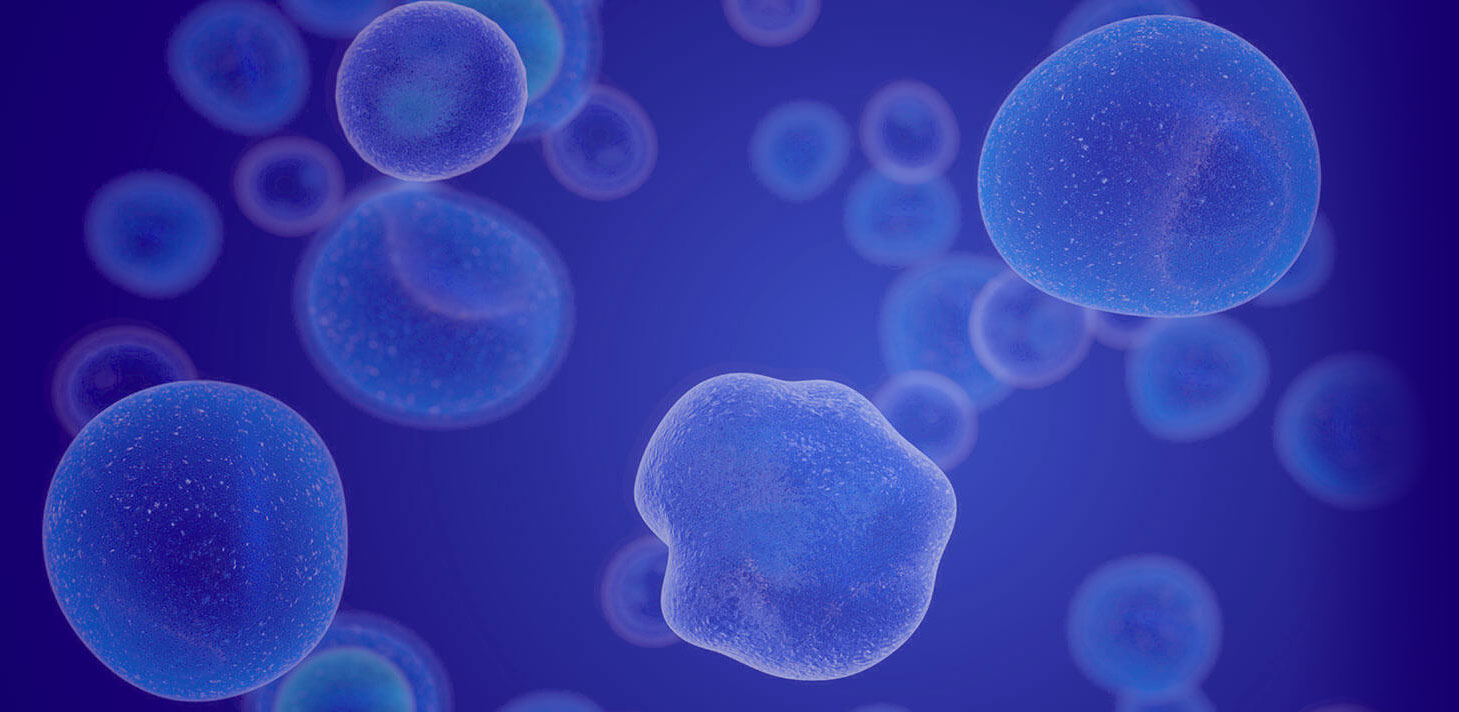A significant portion of alternative medicine practices today focuses on an individual’s desire to maintain proper body biochemical balance. Herbal remedies, diet, and nutritional supplements are used by many individuals seeking nontraditional modalities to maintain homeostasis (1).
The medicinal use of herbs, plants, and plant products, referred to as herbal medicine (2), is the most ancient form of health care (3,4). Texts from the ancient cultures of China,Greece, Egypt, and India document the use of many therapeutically active plant products. Today, approximately 80% of the world’s population use herbal remedies for healing, protecting, and regulating their body health. Herbal remedies account for a significant portion of alternative medicine practices in the United States (5).

Herbs are derived from flowers, roots, seeds, fruits, bark, or any other plant part. They are used to treat acute and chronic illness as well as improve quality of life. The herbal renaissance being experienced in the United States is felt to be due in part to the general public’s concern about the high cost of health care, the side effects of many commonly prescribed pharmaceutical drugs, and the ongoing research attesting to the medicinal value of herbal remedies (6,7).
Over 600 medicinal herbs have been comprehensively profiled (8), including common varieties such as aloe vera, cayenne, chamomile, ephedra, feverfew, garlic, ginger, ginseng, goldenseal, St. John’s wart, saw palmetto, witch hazel , and Senna to name a few. These medicinal herbs have been shown to be of value in a wide range of physical and mental ailments including chronic skin disorders, constipation and diarrhea, joint and muscle pain, depression and anxiety, menstrual irregularities, headaches, and circulatory and neurological dysfunctions (8,9).
Herbs contain many naturally occurring chemicals. An herb’s mechanism of action or chemical effect may be due to a specific chemical present in the herb or a result of a complex interaction between herb constituents. Given the growing popularity of herbal medicine and the potential adverse interactions with prescribed pharmaceutical agents (10), treating physicians and patients should be well informed.
Follow The Daisy Effect for specific uses of a variety of popular medicinal herbs.
References
- Casper J. Food-your miracle medicine.
- Bensky D. Chinese herbal medicine: material medicine
- Castleman M. The healing herbs: the ultimate guide to the curative power of nature’s
medicines. - Herb Trade Association. Definition of “herb”
- Eisenberg DM. Unconventional medicine in the United States- prevalence, cost, and
patterns of use. - Landtrack Report on Public Perception of Alternative care
- Fransworth NR. Medicinal plants in therapy
- German Ministry of Health. Commission E monographs for phytomedicines
- Henry CJ. Effects of spiced food on metabolic rate.
- Spyker D. Reports of exposure to dietary supplements and traditional remedies



